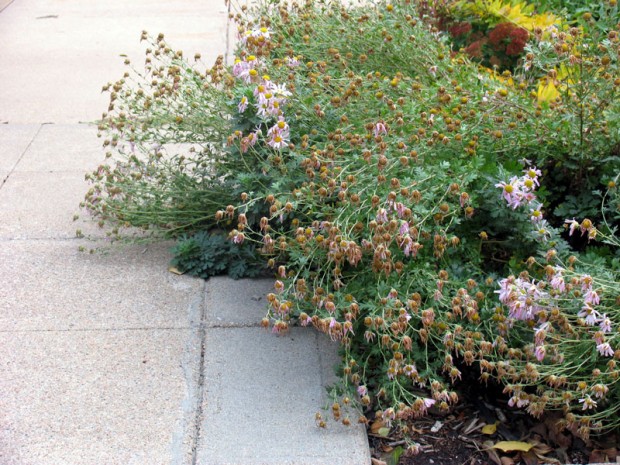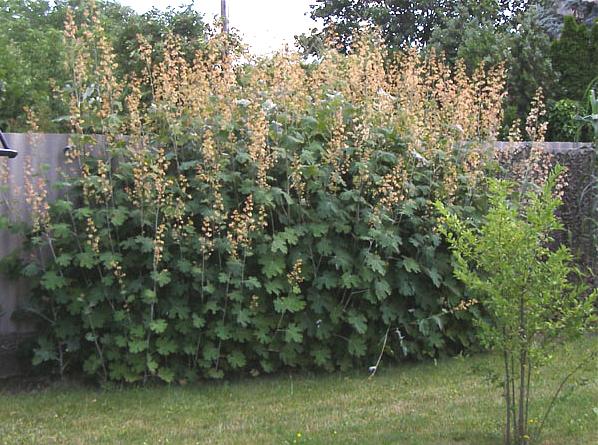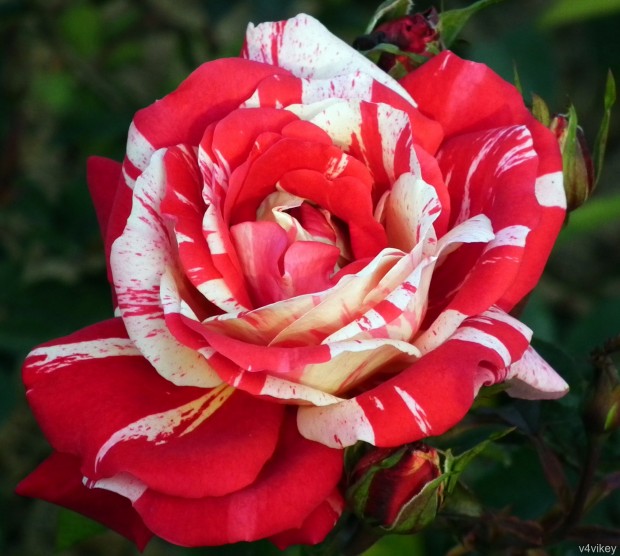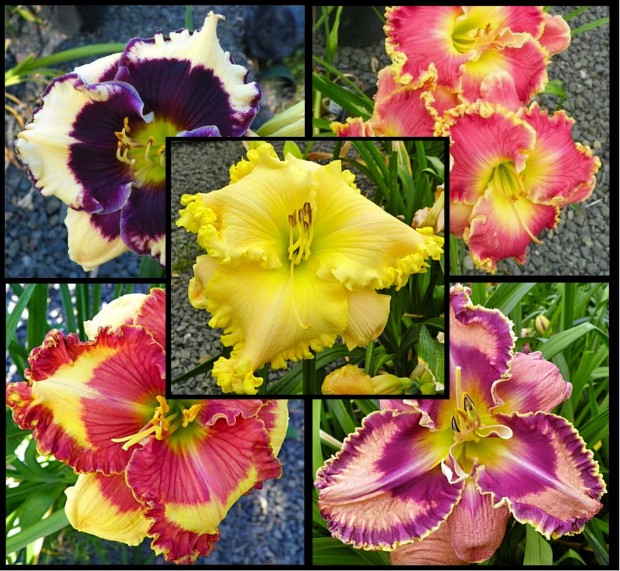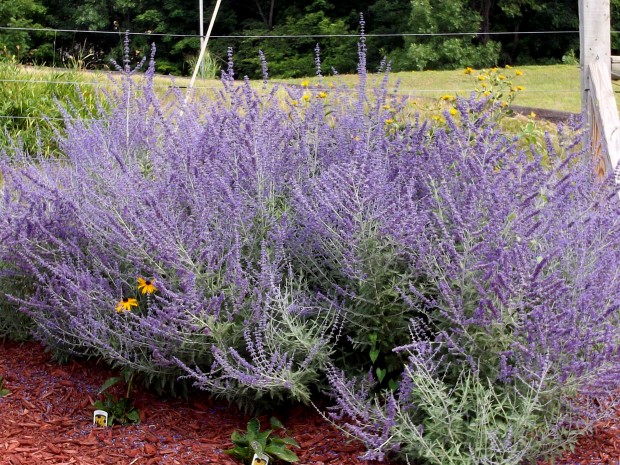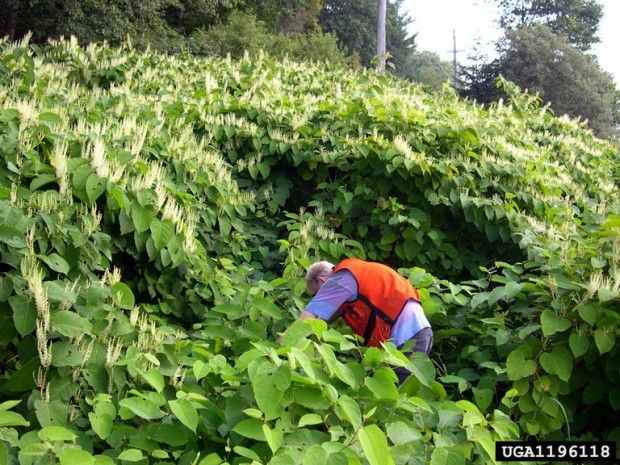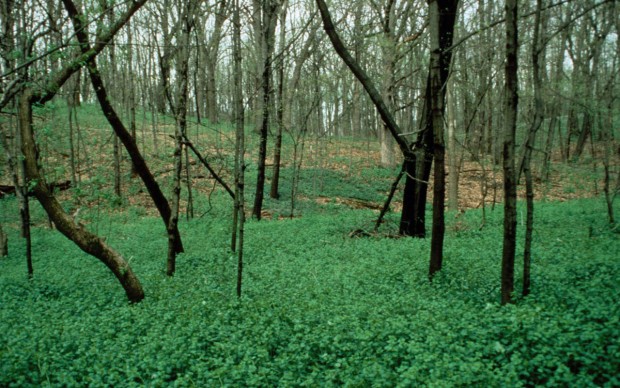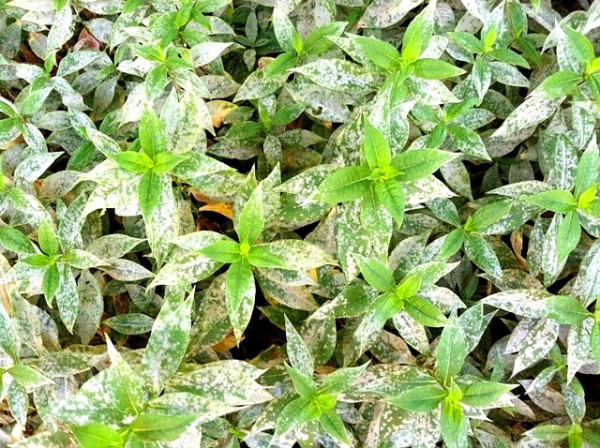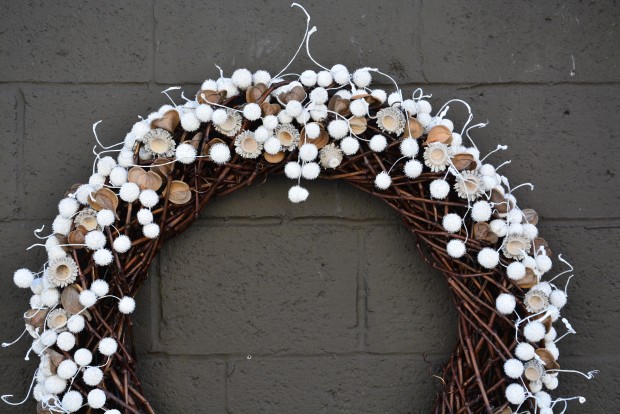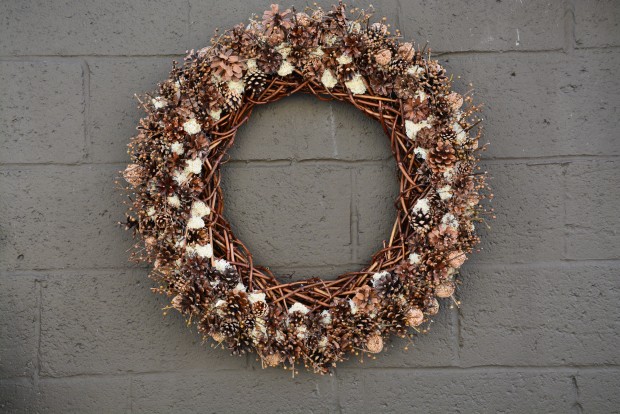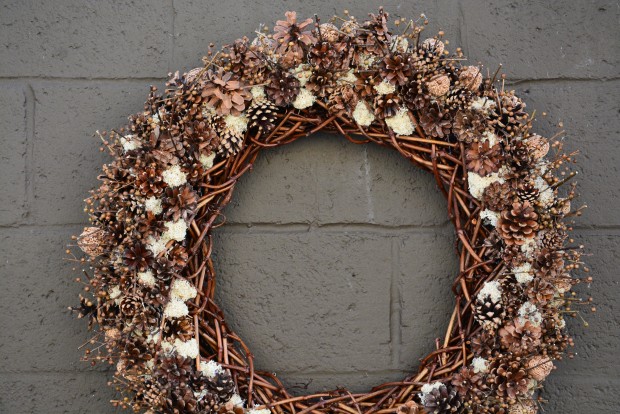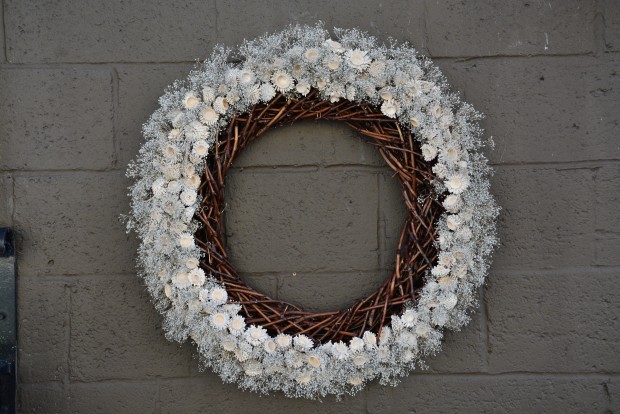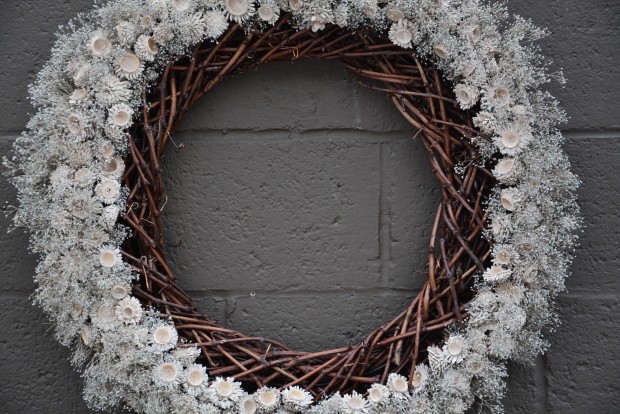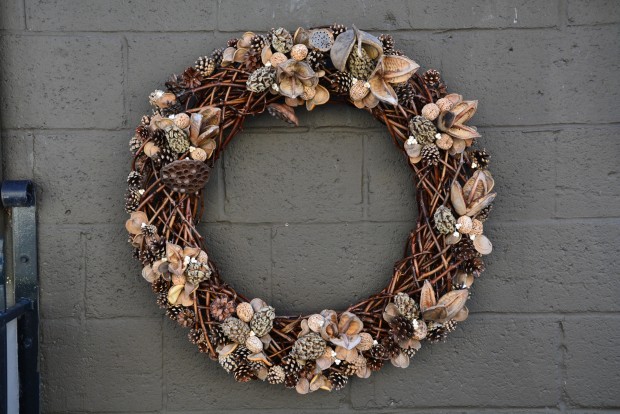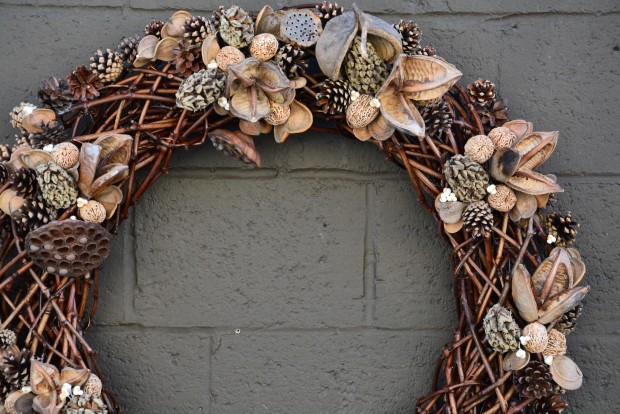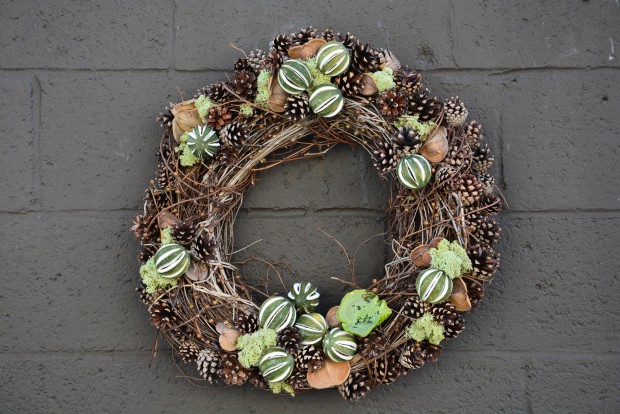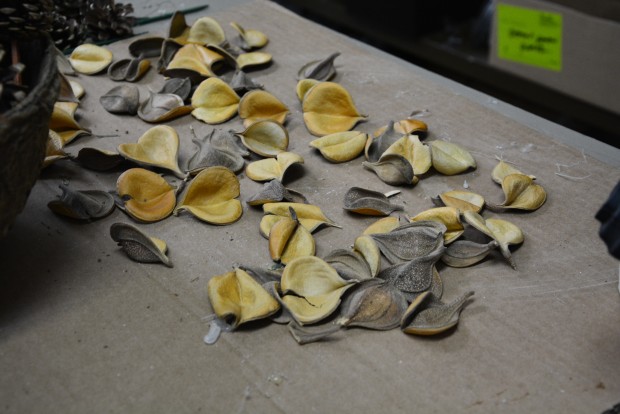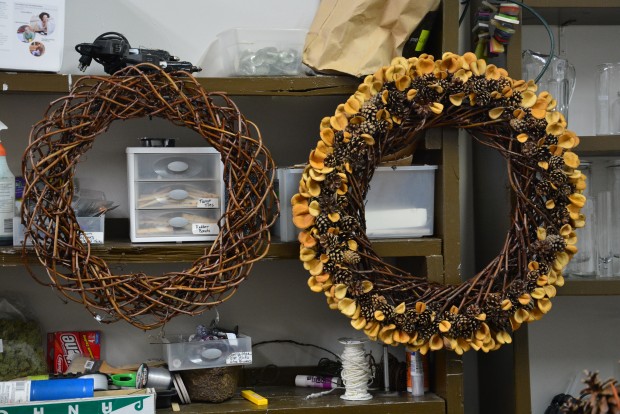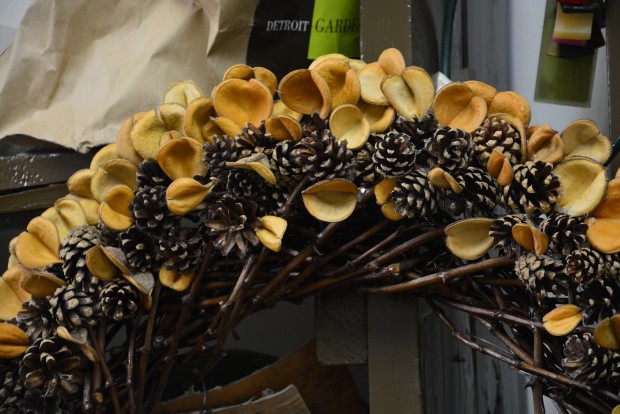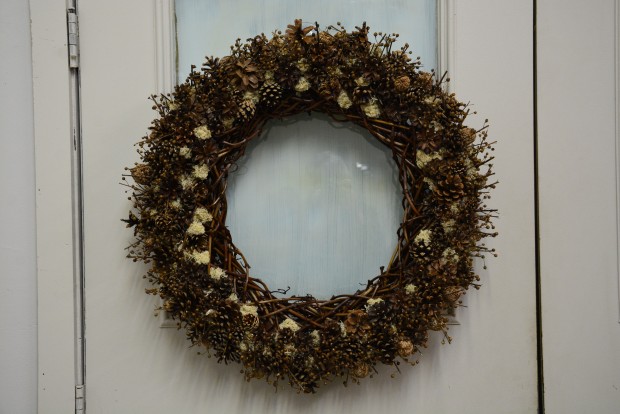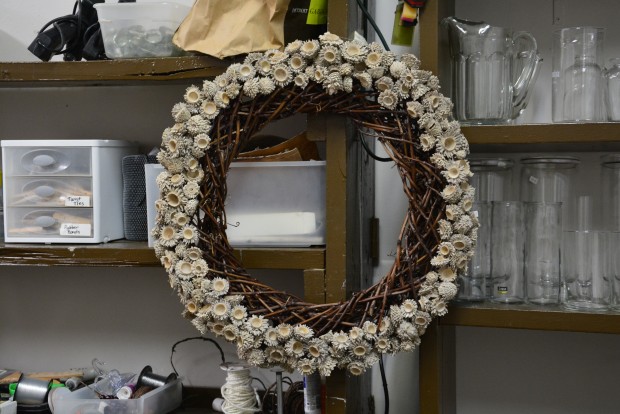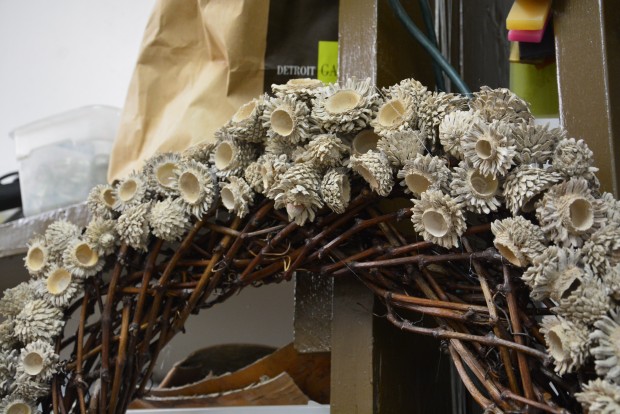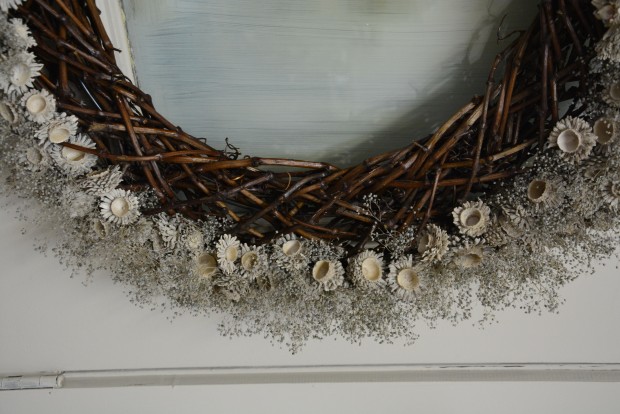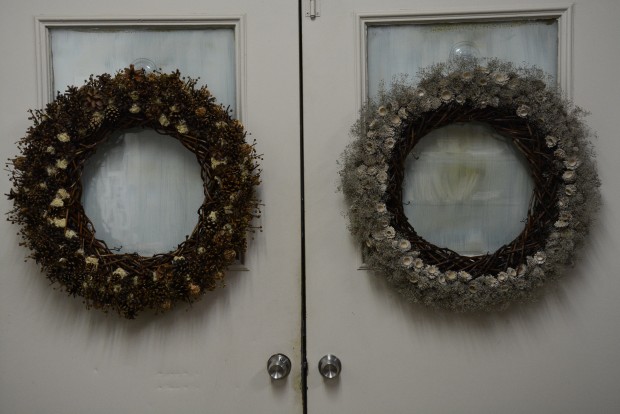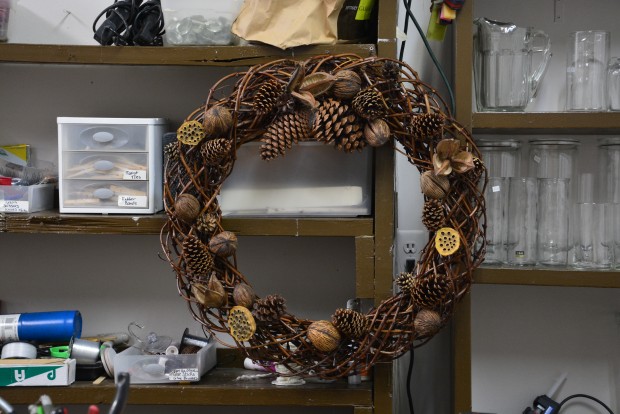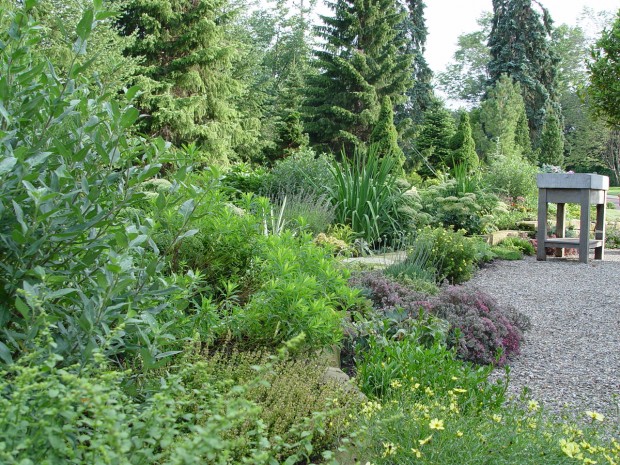 I know the title of this post sounds heartless, but there is no need to plant every plant you can find in your garden unless you are young, you want to learn by doing, and you have acreage. If this is not your situation, there is nothing wrong with being choosy. The fact of the matter is that no perennial plant is without its shortcomings. Some fall over, or seed relentlessly. Some are disease prone, or beloved of bugs. Others fail to perform unless they have a full time nanny. Still others would grow in your bedroom window if you take your eyes off of them. Still others have a painfully awkward habit of growth, or an incredibly short life span. Those perennials with nondescript or poor foliage – I will not plant them. I make a point of seeing new hybrid introductions in test gardens, as I am fiercely protective of what plants I give ground to in my own yard, or my client’s gardens. I designed and planted the garden pictured above 15 years ago. This year I will redo it. I suspect my plant palette will be different. I like plants that deliver and endure.
I know the title of this post sounds heartless, but there is no need to plant every plant you can find in your garden unless you are young, you want to learn by doing, and you have acreage. If this is not your situation, there is nothing wrong with being choosy. The fact of the matter is that no perennial plant is without its shortcomings. Some fall over, or seed relentlessly. Some are disease prone, or beloved of bugs. Others fail to perform unless they have a full time nanny. Still others would grow in your bedroom window if you take your eyes off of them. Still others have a painfully awkward habit of growth, or an incredibly short life span. Those perennials with nondescript or poor foliage – I will not plant them. I make a point of seeing new hybrid introductions in test gardens, as I am fiercely protective of what plants I give ground to in my own yard, or my client’s gardens. I designed and planted the garden pictured above 15 years ago. This year I will redo it. I suspect my plant palette will be different. I like plants that deliver and endure.
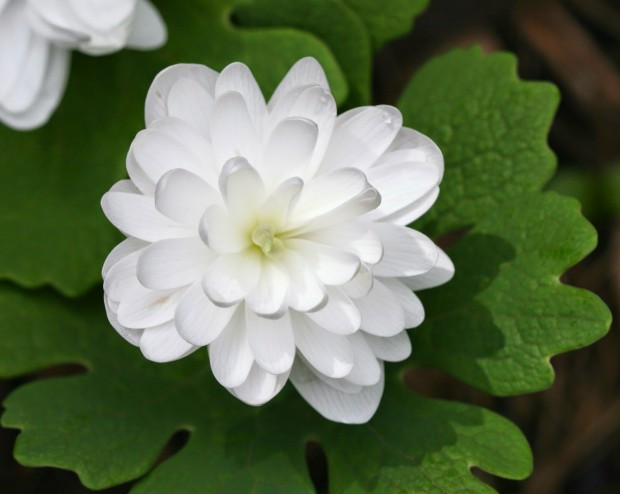 This said, I routinely break my own rules. I would plant double bloodroot, knowing that their yearly bloom time might be a few hours, and their foliage dies back in the blink of an eye. I would attempt to grow roses, even though they come with a long list of do’s and don’t’s. I like snakeroot, even though there flower stems droop. The joy of my garden? My choices may be thoughtful or capricious. Either is fine. No one will be stopping by this week, or any week, to grade my garden. For good or for ill, and thankfully, I am in charge of my garden decisions. No one cares or ever will care more about my garden than I do. So I do think through my decisions about what to plant. I will have no one else to blame for my bloopers. I may ignore my own advice when I am so inclined. I make mistakes, most of which make me laugh. I should have known better. Be assured that I have planted lots of perennials that languished and died. I have planted even more that I wish would die. A poorly performing perennial that struggles back year after year to no good end – nothing makes me more furious than a mediocre performance from a plant.
This said, I routinely break my own rules. I would plant double bloodroot, knowing that their yearly bloom time might be a few hours, and their foliage dies back in the blink of an eye. I would attempt to grow roses, even though they come with a long list of do’s and don’t’s. I like snakeroot, even though there flower stems droop. The joy of my garden? My choices may be thoughtful or capricious. Either is fine. No one will be stopping by this week, or any week, to grade my garden. For good or for ill, and thankfully, I am in charge of my garden decisions. No one cares or ever will care more about my garden than I do. So I do think through my decisions about what to plant. I will have no one else to blame for my bloopers. I may ignore my own advice when I am so inclined. I make mistakes, most of which make me laugh. I should have known better. Be assured that I have planted lots of perennials that languished and died. I have planted even more that I wish would die. A poorly performing perennial that struggles back year after year to no good end – nothing makes me more furious than a mediocre performance from a plant.
 You may find fault with my notion that plants in my garden need to perform. So let me visit the idea of performance. A garden is a terrific amount of work, much of which is not all that much fun. I like plants that reward my efforts with their beauty. A great performing plant is a plant whose habit, substance, hardiness, flowers and foliage are equally beautiful. The Visions series of astilbe come very close to this level. They do remarkably well in open shade, and are tolerant of full sun if they have sufficient water. The foliage is glossy and healthy all season long. The flower stalks are sturdy. They are hardy in my zone.
You may find fault with my notion that plants in my garden need to perform. So let me visit the idea of performance. A garden is a terrific amount of work, much of which is not all that much fun. I like plants that reward my efforts with their beauty. A great performing plant is a plant whose habit, substance, hardiness, flowers and foliage are equally beautiful. The Visions series of astilbe come very close to this level. They do remarkably well in open shade, and are tolerant of full sun if they have sufficient water. The foliage is glossy and healthy all season long. The flower stalks are sturdy. They are hardy in my zone.
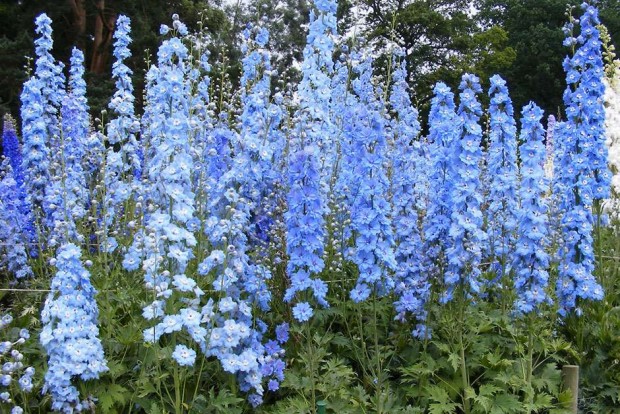 It’s a rare gardener who is not besotted by the sight of a well grown stand of blue delphinium. The day they come into full bloom is the June day we will have a driving rainstorm that will take most of them down to the ground. You can see the support strings in this picture from the RHS. But there are ways to limit your exposure to disaster. Thin mature clumps, to promote good air circulation and discourage fungus. Pinch them back early, for more sturdy stems. Plant the smaller growing species, d. belladonna or d. ballamosum, or shorter growing hybrids, as opposed to the exhibition sized varieties. If you buy seed for delphiniums bred in England or New Zealand, consider their climate before you try to grow them in Wyoming. If you must have those big delphiniums, be good natured about the aphids and the less than wonderful foliage once the bloom is finished. Don’t forget to feed and feed again.
It’s a rare gardener who is not besotted by the sight of a well grown stand of blue delphinium. The day they come into full bloom is the June day we will have a driving rainstorm that will take most of them down to the ground. You can see the support strings in this picture from the RHS. But there are ways to limit your exposure to disaster. Thin mature clumps, to promote good air circulation and discourage fungus. Pinch them back early, for more sturdy stems. Plant the smaller growing species, d. belladonna or d. ballamosum, or shorter growing hybrids, as opposed to the exhibition sized varieties. If you buy seed for delphiniums bred in England or New Zealand, consider their climate before you try to grow them in Wyoming. If you must have those big delphiniums, be good natured about the aphids and the less than wonderful foliage once the bloom is finished. Don’t forget to feed and feed again.
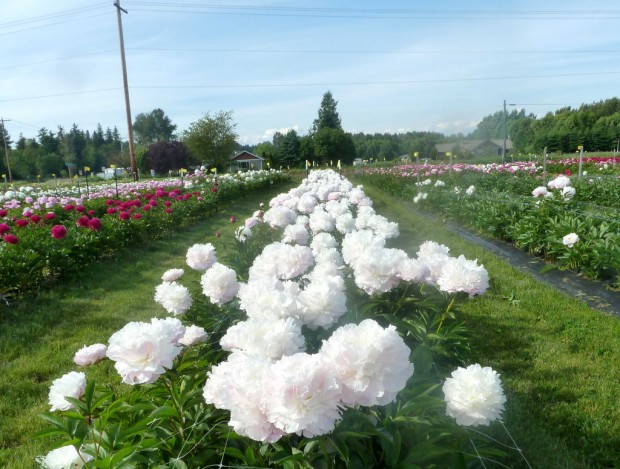 Every living thing is flawed one way or another. This includes me, and my opinions about what perennial plants I would recommend. I have a point of view based on my experience, patience, and . None of the aforementioned Some flaws are charming. Other flaws are deal breakers. I avoid plants that are not truly hardy in my zone. I also pass by those plants that need and thrive in an environment that I cannot provide. A flawless perennial is even rarer. It may not even exist. It would have gorgeous foliage, a long and heavy bloom time, a weatherproof habit of growth, good resistance to disease and bugs, a minimum in hands on maintenance – as in deadheading, division, staking, feeding or any other attention, perfectly hardy ands winter tolerant in my zone, adaptability to a wide range of light and soil conditions, a long life span, a healthy respect for the plants next door, vigor without aggression, a compact habit, great substance, early to show and late to go down-am I missing anything? This photograph of a hedgerow of the peony “Moonstone”, from Pure Peonies, is a good example of a perennial that is worth a second look. If you love perennial plants, pick and choose what to grow.
Every living thing is flawed one way or another. This includes me, and my opinions about what perennial plants I would recommend. I have a point of view based on my experience, patience, and . None of the aforementioned Some flaws are charming. Other flaws are deal breakers. I avoid plants that are not truly hardy in my zone. I also pass by those plants that need and thrive in an environment that I cannot provide. A flawless perennial is even rarer. It may not even exist. It would have gorgeous foliage, a long and heavy bloom time, a weatherproof habit of growth, good resistance to disease and bugs, a minimum in hands on maintenance – as in deadheading, division, staking, feeding or any other attention, perfectly hardy ands winter tolerant in my zone, adaptability to a wide range of light and soil conditions, a long life span, a healthy respect for the plants next door, vigor without aggression, a compact habit, great substance, early to show and late to go down-am I missing anything? This photograph of a hedgerow of the peony “Moonstone”, from Pure Peonies, is a good example of a perennial that is worth a second look. If you love perennial plants, pick and choose what to grow.

